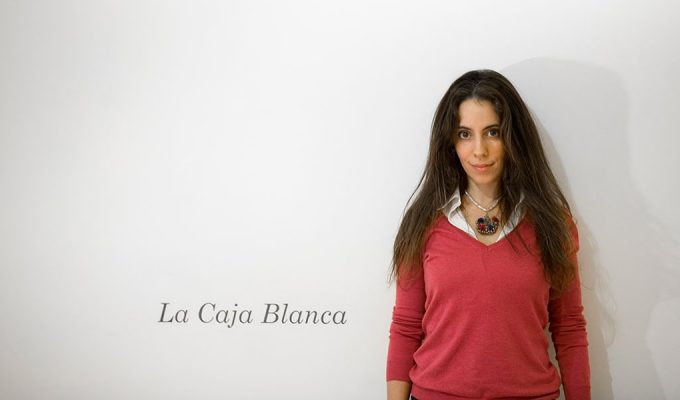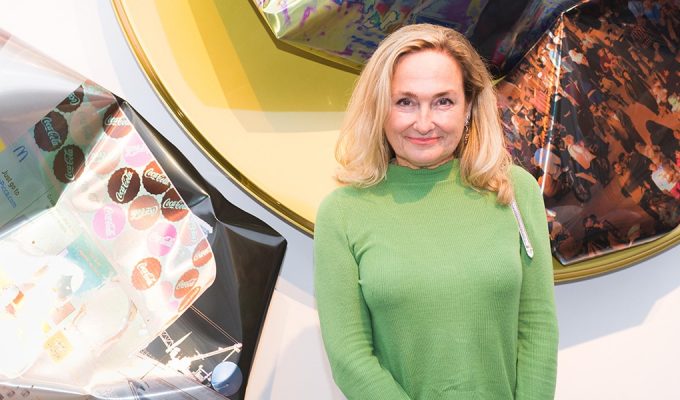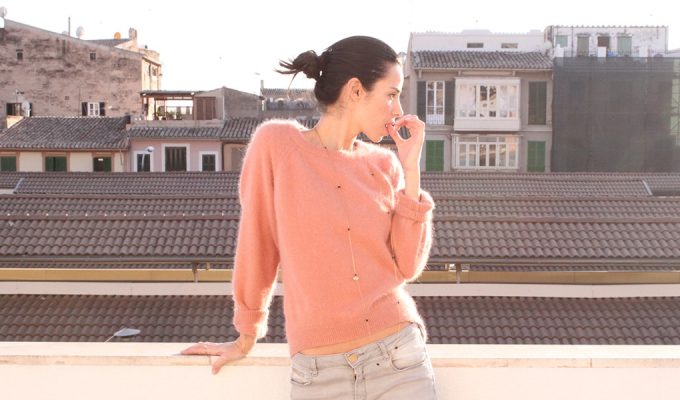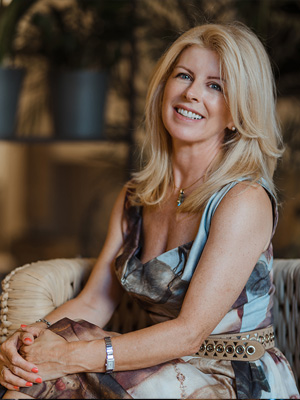It all went perfectly, says Fabrizio Plessi, the renowned multidisciplinary artist who, at 74 years of age, boasts an incredible creative capacity – greater now than twenty years ago. ‘’People are eager to preserve their youth but, over the years and with the knowledge I have gained, I have turned into a machine. Before, I needed 2-3 months to develop an idea. Now I need just 20 minutes to plan a sample. It comes about instinctively, as naturally as breathing,’’ he explains. Fabrizio believes his energy stems from his loyalty to his love, his family, his ideas, and his concept of art. ‘’I have worked more this year than during the last 10 years of my life. I have exhibited in six museums in the last six months. Something unthinkable for an artist,’’ he says.
Plessi formally opened the Plessi Museum – dedicated exclusively to his work – last December. The building is unusual and original, but what makes it unique is its location: on the A-22, the del Brennero motorway connecting Italy with Austria and Germany, which was constructed to re-establish the union between the Mediterranean and Germanic worlds, separated at the end of the 1st World War until the signing of the 1995 Schengen Agreement.
The museum is surrounded by mountains and covers a surface of 13,000m2. Open 24 hours a day/365 days a year, with free entrance, it attracts an average of a thousand people a day. Its interior is a sensory delight, featuring installations, videos, sculptures, and graphic and painting elements. At its centre is the piece – inspired by the Tyrol region – created for the Hannover Expo 2000. Plessi designed the exhibition layout and also the furniture, museum elements, innovative digital tables, and the library with trees embedded into it: an allegory of the forest and the origin of books.
‘’This museum is an honour and a privilege for me. It’s a diamond steeped in nature, it’s a place which reminds one of the Mediterranean light, dedicated to trees and water, all combined with technology. On arrival at the museum, visitors hear the music, the sound of the water, and are surrounded by 200 televisions; they can enjoy a cup of coffee or a glass of champagne whilst contemplating a sculpture 200 metres high. The atmosphere is incredible, unique. Despite all the complications involved in developing it, after five years’ work, it is now a reality.’’
A month later, in January 2014, he presented the ‘Liquid Labyrinth’ installation – representing lava and fire – at the Ludwig Museum in Budapest, alongside the ‘ Luz del Llaüt’, formerly exhibited at La Lonja in Palma. ‘’The Italian government has helped me immensely. All Budapest’s dignitaries came to the opening,’’ he recalls with satisfaction. Shortly after, in March, one of his most spectacular creations was exhibited at the Schneider Foundation in Basel: ‘The flow of memory’ – a wooden plank, 22 metres long, through which flows a virtual river flanked by over 400 projects on the water, on a ‘riverbed’ of sorts. The forest, one of the artist’s recurring themes, was represented by six giant trunks hanging from the ceiling, underneath which a screen recreated the sound of rain. ‘’It was all very emotional, I was hoping to touch people’s hearts,’’ he says.
In May it was time for the Mudima Foundation in Milan – Italy’s oldest foundation. “We exhibited all the work I created during the ‘70s in Milan, on top of four pianos. At the bottom of a pool made from black ceramic there was a boat with electronic water projected on a cathodic television I created in 1973. I was at my most experimental during this era,’’ he explains. A journey back in time which attracted all Milan’s best critics and all his best friends.
He travelled to a castle in June, to the Ludwig de Koblenz Museum, where he once again exhibited “Luz del Llaüt”, accompanied by music by his great friend Michael Nyman. Fabrizio insists: ‘’I feel like a great cultural ambassador for the island. My ‘llaüts’ travel all over Europe. For this exhibition I painted the whole museum blue, like a large blue Mediterranean cave, and inside were the boats. They are all boats which I salvaged, reconstructed and saved as historic remnants of Mallorca’s cultural heritage.’’
Lastly, in July, Plessi was awarded the 2014 Pascali Prize. ‘’It is the most important prize I have ever received. It is awarded only to artists who have changed the cultural landscape. Pascali was like Andy Warhol, but unfortunately he died in a motorbike accident when he was aged just 33. He worked with water and we had a great ‘connection’, I met him in ‘68 and we loved each other’s work. He looked a bit like me, long hair and a touch ‘zingaro’,’’ he says, unable to hide his emotion. To commemorate Plessi’s prize the Pino Pascali de Polignano Museum Foundation has created a large installation dedicated to Pino Pascali, based on water and entitled ‘Plescali’.
All the above projects were planned in Mallorca, during the summer, when he meets with museum directors. Fabrizio does not understand why the local government does not turn Mallorca into a universal cultural centre. Looking forward, he says: ‘’I never speak of the future, but I can tell you that I will be doing something big for the Biennale in Venice and the Expo in Milan in 2015.’’




